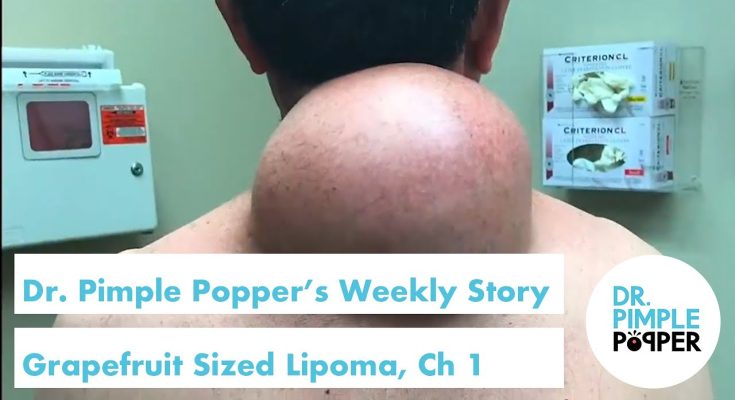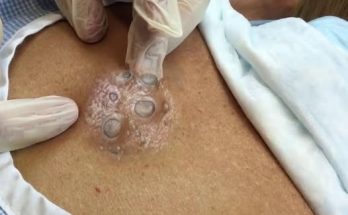Scroll Down to watch..👇👇

The American Academy of Dermatology specifies three different types of chemical peels. The various types are determined by the strength of the chemical peel and how deeply the peel penetrates the layers of skin. The three significant classifications of chemical peels are light or superficial peels, medium-depth peels, and deep chemical peels. Within those three major classifications are four common types of peels: Alpha Hydroxy acid peels, Beta Hydroxy acid peels, Trichloroacetic Acid Peels (TCA), and Phenol peels. Common chemical peels include glycolic acid, lactic acid, salicylic acid, trichloroacetic acid, VI peel, and Jessner’s peel. The type of chemical peel recommended for your rejuvenation treatment will ultimately depend on your skin type, the concerns you’re looking to target, your skin tone, and the amount of downtime you are comfortable with. To guarantee ideal cosmetic results and prevent potential unwanted side effects, it is always recommended to have your chemical peel treatments with a board-certified dermatologist, such as Dr. Michele Green in NYC.
In addition to treating acne and scars, chemical peels are commonly used to treat fine lines, wrinkles, and hyperpigmentation caused by sun damage over time. Actinic keratoses are pre-cancerous skin lesions caused by excessive sun exposure, which can also be treated with chemical peels. Chemical peels can also help improve discoloration associated with sunspots, age spots, and melasma. Dr. Green is an expert in the field of cosmetic dermatology with over two and a half decades of experience providing chemical peels to some of the most discerning men and women from around the world and will work with you to develop a customized chemical peel treatment plan that is best suited to your needs and goals.
Happy to Watch Full video here..👇👇



